
Entomology is the scientific study of insects, a branch of zoology. In the past the term insect was less specific, and historically the definition of entomology would also include the study of animals in other arthropod groups, such as arachnids, myriapods, and crustaceans. This wider meaning may still be encountered in informal use.

Natural history is a domain of inquiry involving organisms, including animals, fungi, and plants, in their natural environment, leaning more towards observational than experimental methods of study. A person who studies natural history is called a naturalist or natural historian.

The Natural History Museum in London is a museum that exhibits a vast range of specimens from various segments of natural history. It is one of three major museums on Exhibition Road in South Kensington, the others being the Science Museum and the Victoria and Albert Museum. The Natural History Museum's main frontage, however, is on Cromwell Road.

Skippers are a group of butterflies placed in the family Hesperiidae within the order Lepidoptera. They were previously placed in a separate superfamily, Hesperioidea; however, the most recent taxonomy places the family in the superfamily Papilionoidea, the butterflies. They are named for their quick, darting flight habits. Most have their antenna tips modified into narrow, hook-like projections. Moreover, skippers mostly have an absence of wing-coupling structure available in most moths. More than 3500 species of skippers are recognized, and they occur worldwide, but with the greatest diversity in the Neotropical regions of Central and South America.
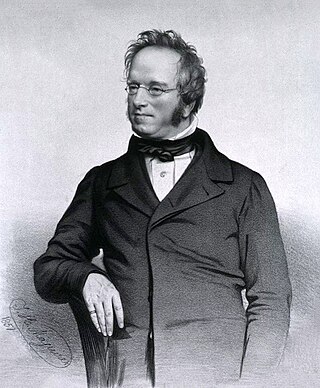
John Edward Gray was a British zoologist. He was the elder brother of zoologist George Robert Gray and son of the pharmacologist and botanist Samuel Frederick Gray (1766–1828). The standard author abbreviation J.E.Gray is used to indicate this person as the author when citing a botanical name. The same is used for a zoological name.

Lionel Walter Rothschild, 2nd Baron Rothschild, Baron de Rothschild, was a British banker, politician, zoologist and soldier, who was a member of the Rothschild family. As a Zionist leader, he was presented with the Balfour Declaration, which pledged British support for a Jewish national home in Palestine. Rothschild was the president of the Board of Deputies of British Jews from 1925 to 1926.

World Museum is a large museum in Liverpool, England which has extensive collections covering archaeology, ethnology and the natural and physical sciences. Special attractions include the Natural History Centre and a planetarium. Entry to the museum is free. The museum is part of National Museums Liverpool.
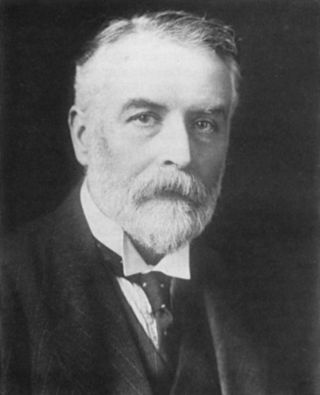
George Albert Boulenger was a Belgian-British zoologist who described and gave scientific names to over 2,000 new animal species, chiefly fish, reptiles, and amphibians. Boulenger was also an active botanist during the last 30 years of his life, especially in the study of roses.

Richard Lydekker was an English naturalist, geologist and writer of numerous books on natural history.

The Royal British Columbia Museum, founded in 1886, is a history museum in Victoria, British Columbia, Canada. The "Royal" title was approved by Queen Elizabeth II and bestowed by Prince Philip in 1987, to coincide with a royal tour of that year. The museum merged with the British Columbia Provincial Archives in 2003.
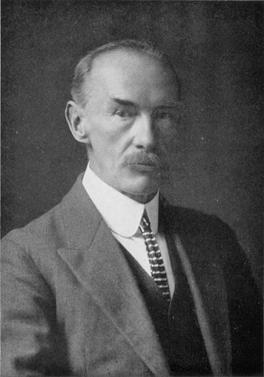
Reginald Innes Pocock, was a British zoologist.

Francis Walker was an English entomologist. He was born in Southgate, London, on 31 July 1809 and died at Wanstead, England on 5 October 1874. He was one of the most prolific authors in entomology, and stirred controversy during his later life as his publications resulted in a huge number of junior synonyms. However, his assiduous work on the collections of the British Museum had great significance.
Sir George Francis Hampson, 10th Baronet was an English entomologist.
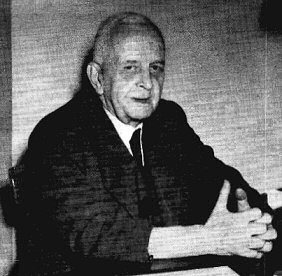
Brigadier William Harry Evans was a lepidopterist and British Army officer who served in India. He documented the butterfly fauna of India, Burma and Ceylon in a series of articles in the Journal of the Bombay Natural History Society. Brigadier Evans was especially interested in the taxonomy and systematics of the butterfly families Lycaenidae and Hesperiidae an example being his A revision of the Arhopala group of Oriental Lycaenidae Bull. British Mus. , Ent., vol. 5: pp. 85–141 (1957).

The National Museum of Scotland in Edinburgh, Scotland is a museum of Scottish history and culture.
For others uses see Frederick Fraser (disambiguation)
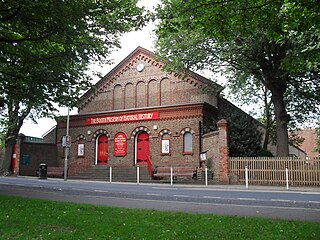
Booth Museum of Natural History is a charitable trust managed, municipally-owned museum of natural history in the city of Brighton and Hove in the South East of England. Its focus is on Victorian taxidermy, especially of British birds, as well as collections focusing on entomology, chalk fossils, skeletons and botany. It is part of "Royal Pavilion & Museums Trust". Admission to the museum is free.
Victor Gurney Logan Van Someren was a zoologist and entomologist. Van Someren was born in Australia. He attended George Watson's College and studied zoology at University of Edinburgh. He was also a dentist. Van Someren moved to Kenya in 1912 and lived in Nairobi. He was in the East Africa and Uganda Natural History Society and became Honorary Secretary. In 1930 he became Curator of the Coryndon Museum. Van Someren named a number of bird and butterfly species.

A natural history museum or museum of natural history is a scientific institution with natural history collections that include current and historical records of animals, plants, fungi, ecosystems, geology, paleontology, climatology, and more.
Bulletin of the Natural History Museum, formerly known as Bulletin of the British Museum is a series of scientific journals published by the British Museum, and later by the Natural History Museum of London. Titles in the series included
















